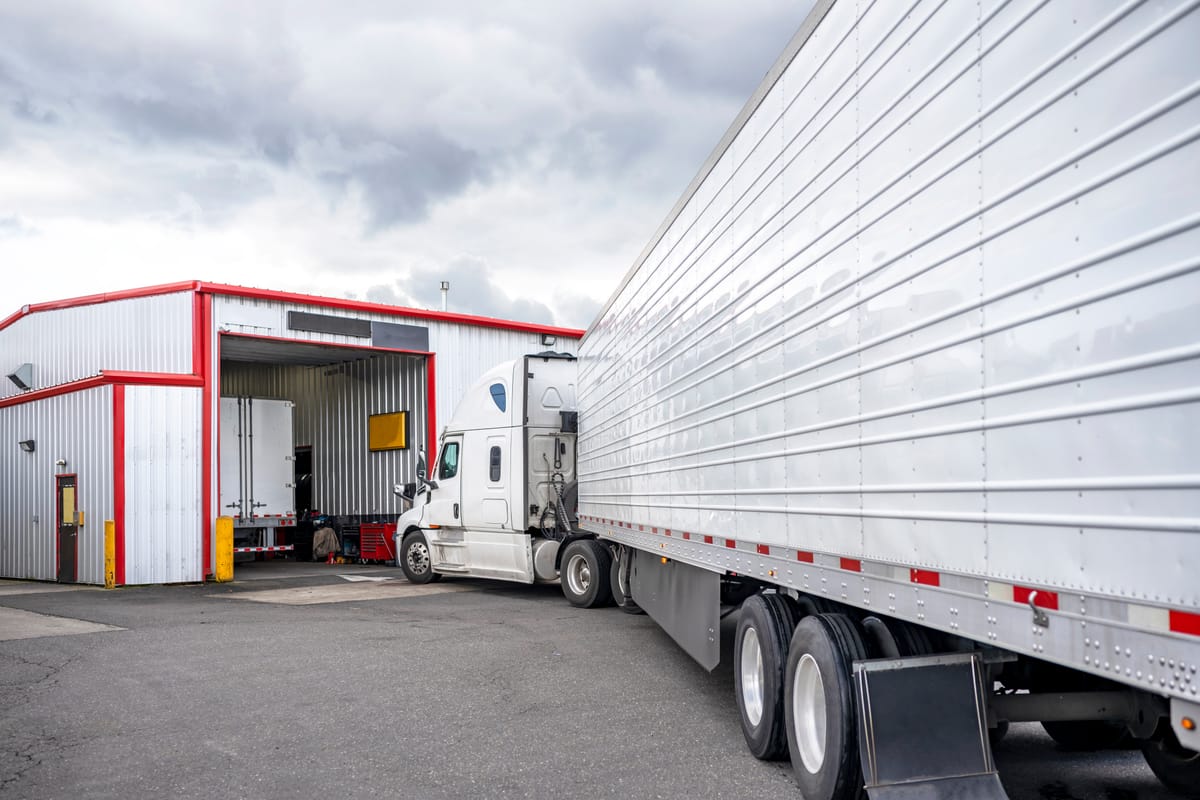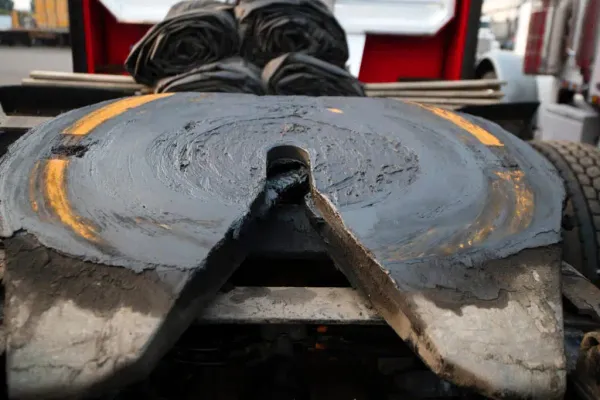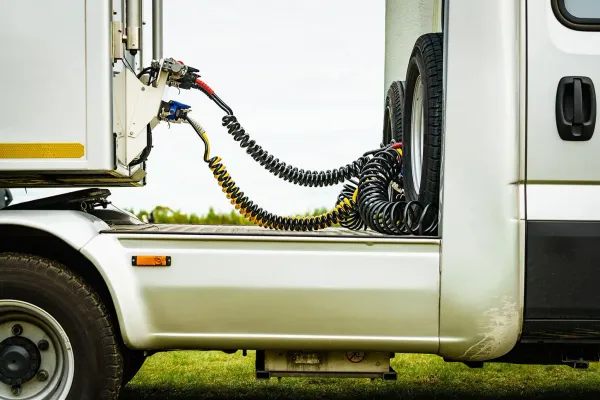The True Cost of Skipping Preventive Maintenance

In the long-haul trucking business, time is money—but so is uptime. Every hour a rig isn’t rolling down the highway, it’s costing someone something. And while most fleets understand this at a surface level, the decisions made in dispatch offices, service bays, and boardrooms often don’t reflect it.
Preventive maintenance is one of those recurring costs that can feel negotiable when the pressure is on. Freight needs moving, margins are tight, and every shop visit means a truck not generating revenue. It’s tempting—especially during a busy season—to push routine service back a few hundred miles. What’s a couple more days on that oil change? Can’t that tire rotation wait one more run?
But in this industry, small choices like that add up. And too often, the real cost of skipping preventive maintenance isn’t measured until something breaks—and by then, the bill has grown beyond just the repair.
Let’s take a hard look at what skipping maintenance really costs.
1. Breakdowns Don’t Just Cost Repairs—They Cost Everything
When a truck breaks down on the road, the invoice for parts and labor is just the beginning.
There’s also:
- Towing costs, which can run into the thousands depending on how remote the location is.
- Driver delays—many of whom are paid by the mile or load—turning a productive shift into downtime.
- Missed delivery windows, leading to unhappy customers, late penalties, or lost contracts.
- Spoiled cargo, especially for temperature-sensitive hauls like food or pharmaceuticals.
- Damaged reputation with brokers, shippers, and receivers.
A study by the American Trucking Associations found that a roadside mechanical issue costs a fleet an average of $488 per incident—not including lost revenue or customer penalties. A single breakdown in the wrong place at the wrong time can wipe out the profit from an entire week’s work.
2. Deferred Maintenance Compounds Wear and Tear
Truck components are engineered to work under stress—but not under abuse. Skipping fluid checks, delaying filter changes, or ignoring tire pressure doesn’t just increase the risk of failure. It accelerates damage to other parts of the truck.
- Low oil levels don’t just risk engine failure—they affect the turbocharger, emissions system, and fuel efficiency.
- Old brake pads wear down the rotors, making a simple job far more expensive.
- Misaligned wheels don’t just wear tires faster—they tax the suspension and steering systems, too.
It’s a domino effect. A $100 part ignored becomes a $1,500 job. By the time something must be fixed, the damage has often spread.
3. CSA Scores and DOT Violations Hit Where It Hurts
Regulatory inspections aren’t just red tape—they’re revenue protection. A truck pulled over for a DOT inspection is already at risk of delay. If it’s cited for a mechanical issue that should’ve been caught during routine service—like worn tires, faulty brakes, or inoperative lights—that incident gets logged against your CSA (Compliance, Safety, Accountability) score.
High CSA scores:
- Increase insurance premiums.
- Limit access to high-paying loads from shippers with safety compliance requirements.
- Flag your fleet for more frequent roadside inspections.
In extreme cases, violations can lead to out-of-service orders or federal fines. Preventive maintenance isn’t just about keeping trucks moving—it’s about keeping your company in business.
4. Fuel Efficiency Plummets Without Regular Maintenance
With diesel prices where they are, every tenth of a mile per gallon matters. Preventive maintenance plays a major role in keeping fuel costs down. Clogged air filters, underinflated tires, dirty fuel systems, and misaligned axles all eat into fuel efficiency.
According to the North American Council for Freight Efficiency (NACFE), just a 10 psi drop in tire pressure can reduce fuel economy by 1%. Multiply that across 18 wheels, across 100,000 miles a year, and that’s thousands of dollars per truck just leaking out the tank.
Preventive maintenance is one of the most cost-effective ways to protect your bottom line against fuel volatility.
5. Drivers Are Watching—And Leaving
Here’s something many executives overlook: Preventive maintenance is a driver retention tool.
Professional drivers notice when they’re constantly assigned equipment with recurring problems. If the A/C doesn’t work, the brakes squeal, or the warning lights never get addressed, they’ll assume the company doesn’t care about their comfort—or their safety.
In a driver’s market, where turnover rates can exceed 90% annually, the quality and reliability of your trucks matter. Drivers talk. And the companies known for taking care of their equipment earn reputations as good places to work.
6. Resale Value Depends on Service History
Eventually, every truck in the fleet will be sold, traded, or decommissioned. Preventive maintenance doesn’t just prolong service life—it protects resale value.
Buyers pay a premium for trucks with detailed service records, consistent oil changes, and a clean maintenance history. Skipping PM might seem like a cost saver now, but it’s literally subtracting dollars from the resale line later.
A well-maintained truck with 800,000 miles will sell faster and for more than a neglected one with 600,000. That difference adds up across an entire fleet.
7. It’s About Mindset, Not Just Mechanics
Finally, skipping preventive maintenance isn’t just a technical issue—it’s a cultural one.
In fleets where PM is treated as optional, you’ll see a pattern of reactive behavior across the board. Dispatchers will run trucks too hard. Drivers will push beyond their HOS limits. Managers will put off necessary investments. And eventually, those habits catch up.
In fleets where PM is a non-negotiable priority, that mindset of proactive care extends everywhere—from safety to customer service to driver relations. Preventive maintenance becomes a reflection of the company’s values: we take care of our equipment, our people, and our commitments.
Conclusion: Pay Now, or Pay More Later
The cost of preventive maintenance is easy to calculate—it's a line item in the budget. But the cost of skipping it? That shows up in breakdowns, lost loads, frustrated drivers, and unexpected expenses that can cripple even a profitable operation.
Smart fleets don’t look at PM as a cost—they see it as an investment in uptime, safety, and trust.
No matter the size of your fleet, the rule is the same: every dollar you put into preventive maintenance saves you two or three down the road.
In this business, you can’t afford to skip it.



